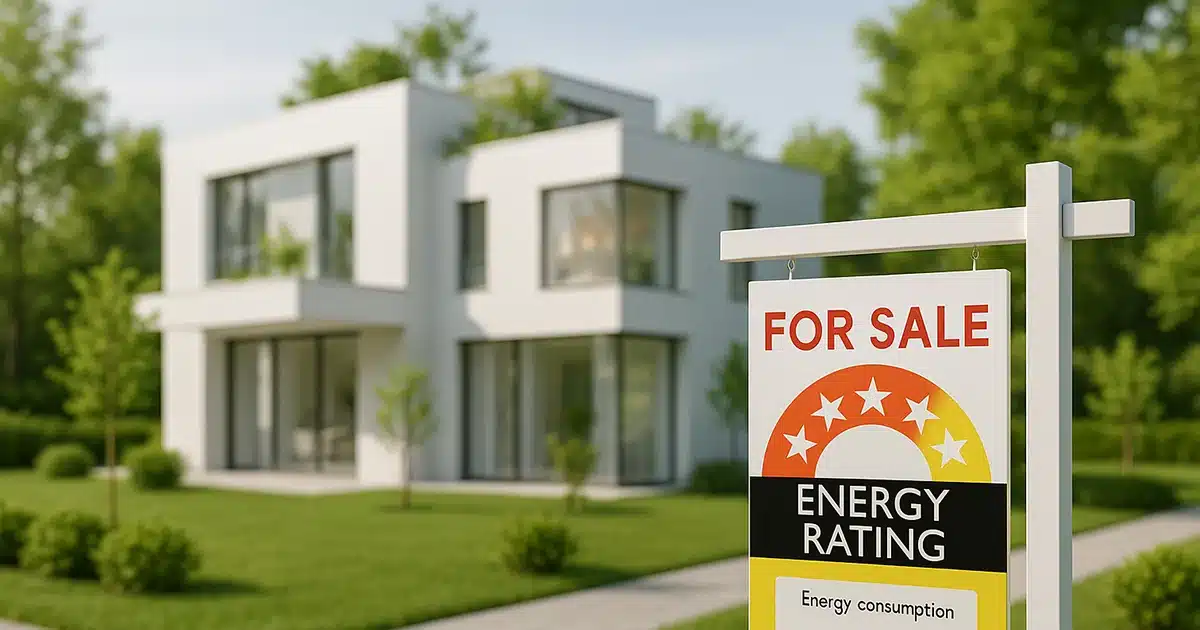Beyond aesthetics and functionality, designing a home requires sustainability. Residential buildings in Australia produce over 10% of the country’s carbon emissions and consume 24% of overall electricity use, according to the Department of Climate Change, Energy, the Environment and Water (DCCEEW).
The good news is 89% of Australians believe that a sustainable lifestyle is important. That mindset is a huge boost to achieving the 2050 target of net zero emissions. Home owners, builders, and certifiers play a crucial role in reaching that goal – and the Building Sustainability Index (BASIX) can serve as a guide toward environmentally responsible residential design.
(If you want to see how sustainability figures in residential design trends, read Top Sustainable Design Trends in 2024.)
The BASIX Essentials
BASIX is one of Australia’s strongest sustainable planning measures. It is essential to residential building design in New South Wales (NSW). BASIX enforces the minimum standards related to water and energy efficiency, as well as thermal performance.
BASIX also requires reporting on construction materials used, allowing for the calculation of their embodied energy (the total energy required to produce, transport, and install these materials.).
Projects That Require BASIX Compliance
BASIX is integral to the development application process, to ensure sustainability in residential design. The following projects in NSW fall under the purview of BASIX:
- All new residential dwellings
- Change of building use by which a building becomes a dwelling
- Dwelling alterations and additions that cost $50,000 or more
- Swimming pools of 40,000 litres or more
Key BASIX Standards
Starting in 2023, BASIX has been aligned with and to complement the National Construction Code 2022. Here are the new standards:
- Thermal Performance: The average thermal performance standard has been raised from 5.5–6 stars to 7 stars on the Nationwide House Energy Rating Scheme (NatHERS). This ensures that homes remain comfortable year-round, with reduced reliance on heating and cooling technology.
- Greenhouse Gas Emissions Reduction: Depending on the location and type of residential development, greenhouse gas emissions must be reduced by 7-11%. These reductions contribute significantly to environmental sustainability.
- Materials Index: BASIX now includes a materials index, which calculates and reports on embodied emissions. Embodied energy refers to the greenhouse gases generated during the production and transport of construction materials.
The new standards apply to covered projects, except homes in North Coast climate zones in NSW and apartment buildings up to 5 storeys.
Why You Must Comply with BASIX
Builders and certifiers should emphasise the importance of BASIX compliance to their clients. Here’s why:
Environmental Responsibility
BASIX aligns with global efforts to combat climate change. By adhering to its standards, we collectively reduce our ecological footprint, produce less carbon emissions, and help reach Australia’s net zero emissions target.
Cost Savings
Homeowners can save $980 per year in energy bills if their home meets the new BASIX standards. That’s money you can instead spend on home improvements, debt repayment, or other good uses.
Enhanced Comfort
Improved thermal performance means more comfortable living spaces throughout the seasons. You won’t need to turn on the heater or air conditioner as frequently, because your home will be naturally cooler in summer and warmer in winter.
How BASIX Impacts Residential Design
BASIX can be a game-changer that can steer your design decisions, ensuring they align with our planet’s well-being. Here’s how it impacts the home design process:
From Mandate to Mindset
BASIX isn’t a mere suggestion but a mandate. When you embark on a new residential project, BASIX can direct you to emphasise efficiency and sustainability. From the initial sketch to the final nail, every choice matters. Eventually, aiming for the BASIX standards becomes second nature as you develop a sustainability mindset.
Designing for Comfort and Efficiency
BASIX nudges you toward energy-efficient design. Consider orientation: How does the sun kiss your building? Where do windows and eaves dance? These seemingly mundane decisions impact thermal performance. BASIX insists on a minimum 7-star NatHERS rating, ensuring cozy winters and cool summers without excessive energy bills.
Materials Matter
You become aware that every brick or beam carries a hidden energy cost: their embodied energy. BASIX thus weighs your conscience against carbon emissions, so you opt for sustainable materials, and soon you’re building a greener legacy.
(For more details about BASIX, see our BASIX Certificate page.)
Securing the BASIX Certificate, Your Green Passport
Work on getting your BASIX certificate during the planning phase. Make sure your design incorporates energy-efficient elements (e.g., proper insulation, orientation, window placement). Follow these steps to obtain your certificate:
- Download and review the Data Input Checklist.
- Sign up for and log in to your NSW Planning Portal account.
- Click “Start a new project”, then enter your project information.
- Click “Calculate” to see your score.
- Take note of the water and energy targets you must meet.
- Review your commitments.
- Pay the fee.
- Generate a BASIX Certificate. Print it and attach to your development plans and development application.
Building a Better Tomorrow
More than just a regulatory requirement, BASIX is an opportunity to create homes that harmonise with nature and benefit generations to come. Every line drawn in your design is a commitment to sustainability.
The BASIX tool is designed for simple homes and extensions, and you can usually DIY it. But in complex cases, you may face challenges or need alternative solutions, Application Solutions can guide you through the process. Talk to our energy efficiency consultants today.





